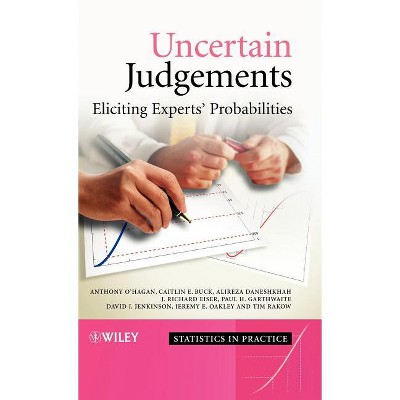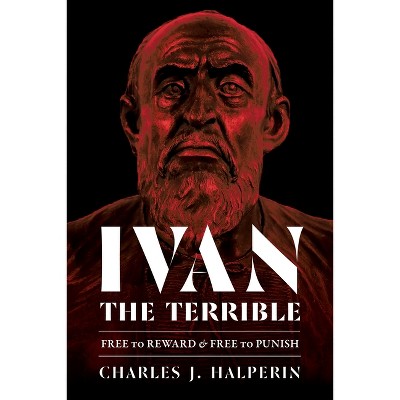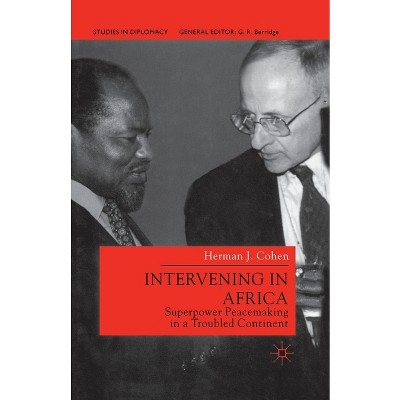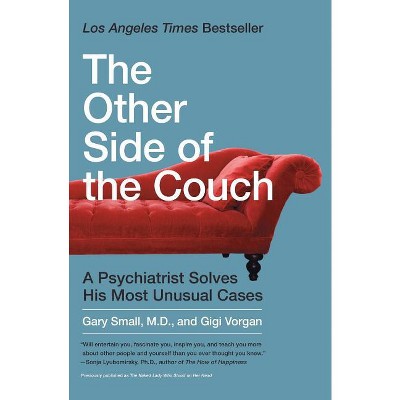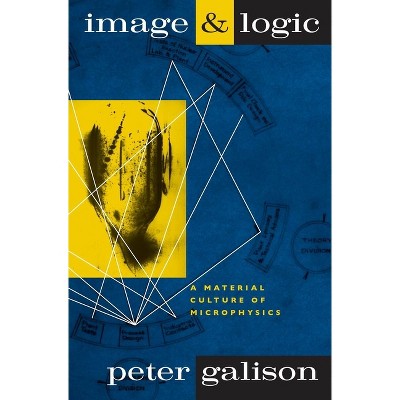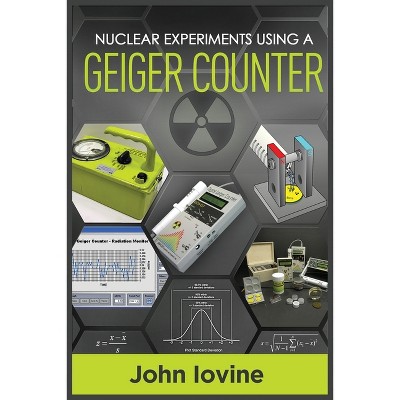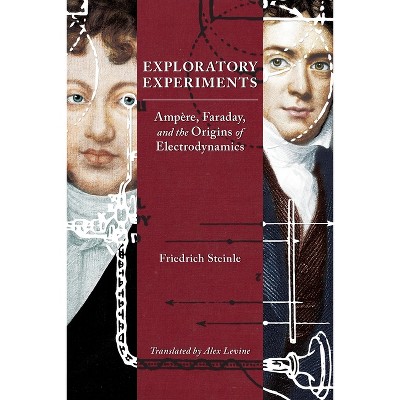Sponsored

How Experiments End - 2nd Edition by Peter Galison (Paperback)
$37.00
In Stock
Eligible for registries and wish lists
Sponsored
About this item
Highlights
- "Galison provides excellent histories of three experimental episodes: the measurement of the gyromagnetic ratio of the electron, the discovery of the mu meson, or muon, and the discovery of weak neutral currents.
- About the Author: Peter Galison is Mallinckrodt Professor of History of Science and of Physics at Harvard University.
- 337 Pages
- Science, Physics
Description
Book Synopsis
"Galison provides excellent histories of three experimental episodes: the measurement of the gyromagnetic ratio of the electron, the discovery of the mu meson, or muon, and the discovery of weak neutral currents. These studies of actual experiments will provide valuable material for both philosophers and historians of science and Galison's own thoughts on the nature of experiment are extremely important. . . . Galison has given both philosophers and historians much to think about. I strongly urge you to read this book."--Allan Franklin, British Journal of the Philosophy of Science "Anyone who is seriously concerned with understanding how research is done should read this. There have been many books on one or another part of its subject matter but few giving such insights into how the research is done and how the consensus of discovery is arrived at."--Frank Close, New Scientist "[Galison] is to be congratulated on producing a masterpiece in the field."--Michael Redhead, Synthese "How Experiments End is a major historical work on an exciting topic."--Andy Pickering, IsisFrom the Back Cover
This book is addressed to readers interested in how arguments emerge from the modern physical laboratory. It is neither an overview of particle physics nor a collection of results of 'great experiments' summarized to teach physics. Instead, the book is written for those intrigued by the history, philosophy, and sociology of laboratory science, as well as for working physicists. Motivating the book are several questions: What bits of theory shape experimentalists' faith in a microphysical effect? Which piece of apparatus can they trust? How does the overwhelming historical expansion of the laboratory from bench to factory affect the building of a persuasive argument ?About the Author
Peter Galison is Mallinckrodt Professor of History of Science and of Physics at Harvard University.Dimensions (Overall): 9.49 Inches (H) x 6.81 Inches (W) x .86 Inches (D)
Weight: 1.2 Pounds
Suggested Age: 22 Years and Up
Number of Pages: 337
Genre: Science
Sub-Genre: Physics
Publisher: University of Chicago Press
Theme: General
Format: Paperback
Author: Peter Galison
Language: English
Street Date: October 15, 1987
TCIN: 1006088965
UPC: 9780226279152
Item Number (DPCI): 247-04-8970
Origin: Made in the USA or Imported
If the item details aren’t accurate or complete, we want to know about it.
Shipping details
Estimated ship dimensions: 0.86 inches length x 6.81 inches width x 9.49 inches height
Estimated ship weight: 1.2 pounds
We regret that this item cannot be shipped to PO Boxes.
This item cannot be shipped to the following locations: American Samoa (see also separate entry under AS), Guam (see also separate entry under GU), Northern Mariana Islands, Puerto Rico (see also separate entry under PR), United States Minor Outlying Islands, Virgin Islands, U.S., APO/FPO
Return details
This item can be returned to any Target store or Target.com.
This item must be returned within 90 days of the date it was purchased in store, shipped, delivered by a Shipt shopper, or made ready for pickup.
See the return policy for complete information.
Trending Non-Fiction


$18.28
was $19.58 New lower price
4.7 out of 5 stars with 17 ratings

